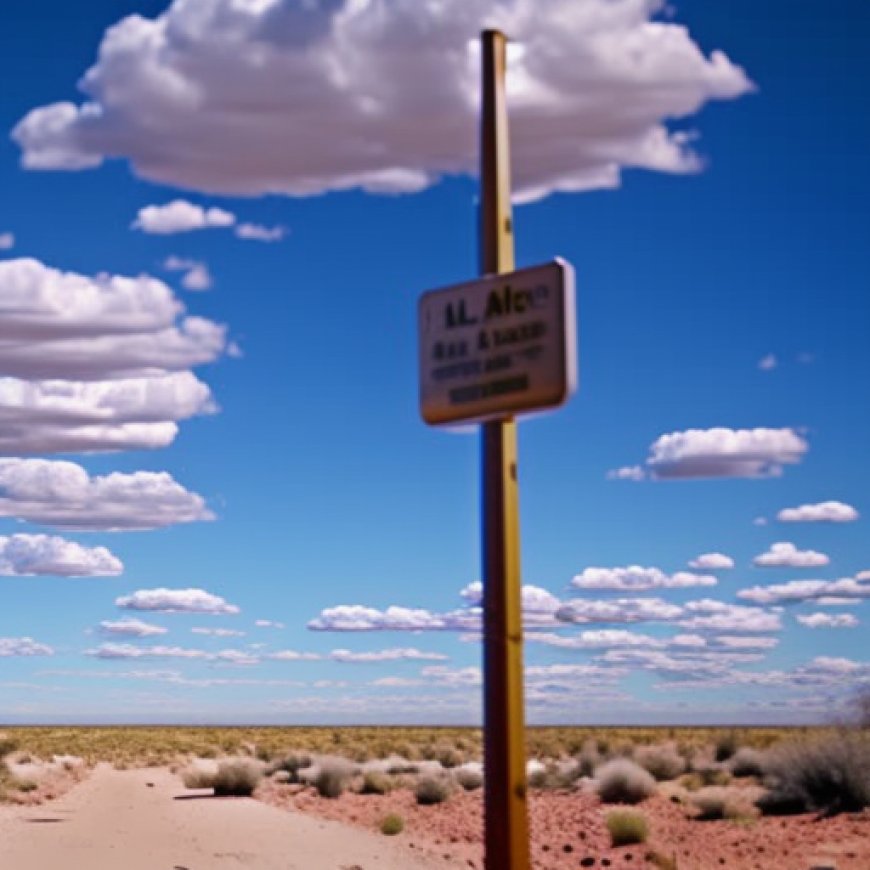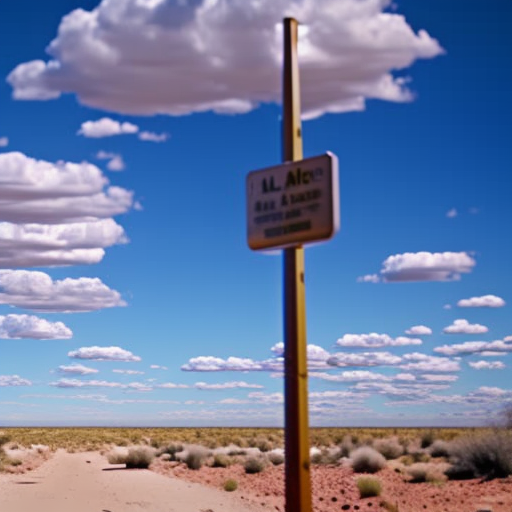BLM Halts Drilling Near Nevada’s Ash Meadows National Wildlife Refuge
BLM Halts Drilling Near Nevada's Ash Meadows National Wildlife ... Center for Biological Diversity


Lithium Mining Exploration Project Withdrawn at Ash Meadows National Wildlife Refuge

LAS VEGAS, Nev.— The Bureau of Land Management has officially withdrawn its authorization of a proposed lithium mining exploration project at the edge of Ash Meadows National Wildlife Refuge in southern Nevada.
“We’re immensely relieved that our lawsuit and overwhelming public opposition compelled federal officials to slam the brakes on this project just days before drilling was supposed to start,” said Patrick Donnelly, Great Basin director at the Center for Biological Diversity. “We need lithium for our renewable energy transition, but this episode sends a message loud and clear that some places are just too special to drill.”
The Canadian mining company, Rover Metals, planned to drill 30 bore holes into the groundwater table on public lands just 2,000 feet from the refuge, a proposal fiercely opposed by local community members. In response, the Center and the Amargosa Conservancy filed a lawsuit against BLM challenging its approval of the project.
“This is a remarkable victory for our community here in the Amargosa Basin,” said Mason Voehl, executive director of the Amargosa Conservancy. “The message from our members and neighbors was loud and clear. Mining doesn’t belong near our beloved Ash Meadows National Wildlife Refuge.”
Ash Meadows National Wildlife Refuge: A Biodiversity Hotspot
Ash Meadows is a lush oasis in the Mojave Desert where dozens of springs form expansive wetlands. The wildlife refuge harbors 25 species of fish, plants, insects, and snails that are found nowhere else on Earth, giving it one of the highest concentrations of endemic species in North America. Twelve of these species, including the pupfish, are protected under the Endangered Species Act. The United Nations has designated the refuge a RAMSAR Wetland of International Importance.
Community Opposition and Conservation Efforts
Officials from the nearby town of Beatty sent a letter to the BLM ago urging the agency to require an environmental review for the project. That same message was echoed in a letter the Amargosa Conservancy and local communities addressed to the BLM. The conservancy also submitted a petition to Interior Secretary Deb Haaland and BLM Director Tracy Stone-Manning with more than 1,200 signatures opposing the project.
Withdrawal of Authorization
The Bureau withdrew its authorization of Rover’s drilling project in two letters issued late Wednesday, two days after the plaintiffs moved for preliminary injunction to stop drilling.
In the letters, the Bureau affirmed the arguments made in the lawsuit, stating, “the agency has concluded that proposed operations are likely to result in disturbance to localized groundwaters that supply the connected surface waters associated with Threatened and Endangered (T&E) species in local springs in the Ash Meadows National Wildlife Refuge…”
“Conservationists have been working to save Ash Meadows for more than 50 years,” said Donnelly. “Our advice to Rover Metals is don’t let the door hit you on your way out. We’ll be watching and we won’t ever give up our fight to save Ash Meadows.”
Conservation advocates are represented by Roger Flynn of the Western Mining Action Project and the Center’s attorneys.
SDGs, Targets, and Indicators Analysis
1. Which SDGs are addressed or connected to the issues highlighted in the article?
- SDG 15: Life on Land
- SDG 13: Climate Action
The article discusses the proposed lithium mining exploration project near Ash Meadows National Wildlife Refuge, which is a unique and biodiverse ecosystem. The protection of this ecosystem aligns with SDG 15, which focuses on conserving and restoring terrestrial ecosystems and biodiversity. Additionally, the mention of lithium mining for renewable energy transition connects to SDG 13, which aims to take urgent action to combat climate change and its impacts.
2. What specific targets under those SDGs can be identified based on the article’s content?
- SDG 15.1: By 2020, ensure the conservation, restoration, and sustainable use of terrestrial and inland freshwater ecosystems and their services.
- SDG 13.2: Integrate climate change measures into national policies, strategies, and planning.
The article highlights the importance of protecting the Ash Meadows National Wildlife Refuge, which is a unique ecosystem with endemic species. This aligns with SDG 15.1, which aims to ensure the conservation and sustainable use of terrestrial ecosystems. Additionally, the mention of lithium mining for renewable energy transition connects to SDG 13.2, which emphasizes the integration of climate change measures into national policies and planning.
3. Are there any indicators mentioned or implied in the article that can be used to measure progress towards the identified targets?
- Indicator for SDG 15.1: Proportion of important sites for terrestrial and freshwater biodiversity that are covered by protected areas, by 2020.
- Indicator for SDG 13.2: Number of countries that have communicated the strengthening of institutional, systemic, and individual capacity-building to implement adaptation, mitigation, and technology transfer.
The article mentions that Ash Meadows National Wildlife Refuge is designated as a RAMSAR Wetland of International Importance, indicating its significance for biodiversity conservation. This designation can serve as an indicator for measuring progress towards the conservation of important sites for terrestrial and freshwater biodiversity (SDG 15.1). Additionally, the article highlights the opposition to the lithium mining project, which implies the strengthening of community capacity-building to implement climate change measures (SDG 13.2).
4. Table: SDGs, Targets, and Indicators
| SDGs | Targets | Indicators |
|---|---|---|
| SDG 15: Life on Land | 15.1: By 2020, ensure the conservation, restoration, and sustainable use of terrestrial and inland freshwater ecosystems and their services. | Proportion of important sites for terrestrial and freshwater biodiversity that are covered by protected areas, by 2020. |
| SDG 13: Climate Action | 13.2: Integrate climate change measures into national policies, strategies, and planning. | Number of countries that have communicated the strengthening of institutional, systemic, and individual capacity-building to implement adaptation, mitigation, and technology transfer. |
Behold! This splendid article springs forth from the wellspring of knowledge, shaped by a wondrous proprietary AI technology that delved into a vast ocean of data, illuminating the path towards the Sustainable Development Goals. Remember that all rights are reserved by SDG Investors LLC, empowering us to champion progress together.
Source: biologicaldiversity.org

Join us, as fellow seekers of change, on a transformative journey at https://sdgtalks.ai/welcome, where you can become a member and actively contribute to shaping a brighter future.







